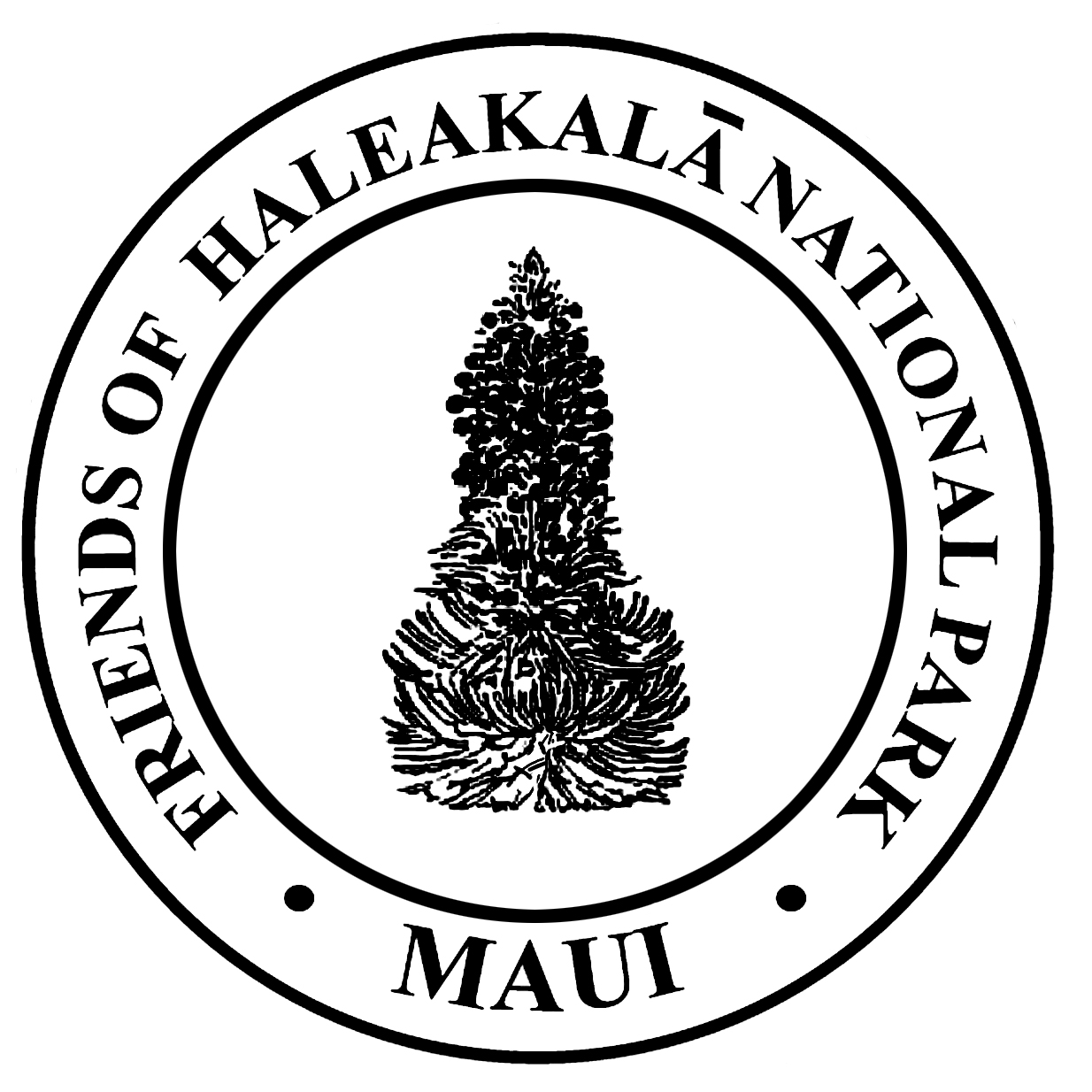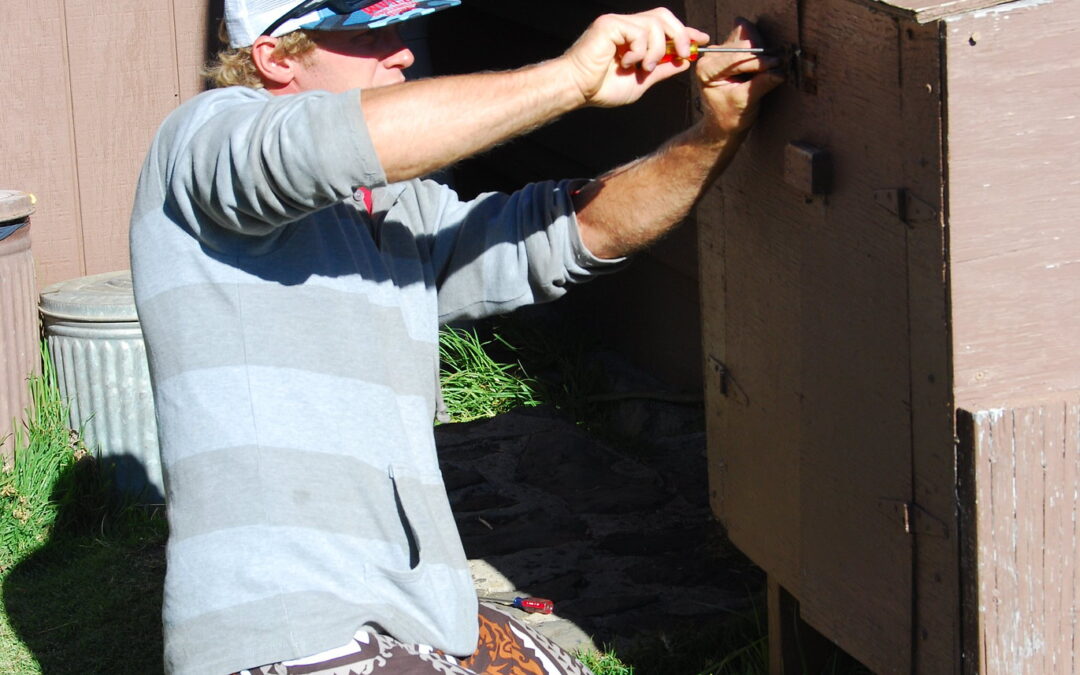by Jill Engledow
It seemed Haleakalā National Park couldn’t catch a break this past winter, as a series of crises shut the park for weeks at a time. Even amid this string of misfortunes, the mountain experienced a spectacular snowfall that was beautiful to behold, if difficult to deal with.
It all began with the 35-day federal-government shutdown, Dec. 22, 2018, to Jan. 25, 2019. Like the rest of the National Park Service, Haleakalā suspended many of its functions. The gates stayed open, even for reservation-only sunrise, and entry was free. Trails were open, but cabins, visitor centers and the Pools at ‘Ohe‘o were closed. Monitoring and rescue activities were restricted, educational programs canceled, and restrooms kept clean with funding help from private concessions operators. Those donations and entrance fee revenues helped to pay for custodial chores, trash, water testing and entrance-station staff.
FHNP volunteers set up an information table at the visitor center parking lot, answered visitor questions, picked up trash, and provided toilet paper for hikers to carry in and leave in the outhouses. Native Hawaiian practitioners provided advice about avoiding damage to the mountain’s unique ecosystem.
Despite the efforts of volunteers and park employees, many crucial activities were not being done, FHNP’s website pointed out. “All invasive species control efforts are stopped. This means that the rats, cats and mongooses are not being actively controlled. Invasive plants are not being controlled. The fence is not being checked or repaired. The trails, roads, signs and structures are not being maintained. Research and scientific study is all on hold. These are significant threats to the health of our park. All NPS-supported volunteer projects are on hold. The FHNP had to cancel our January and February service trips.”
By the time the park reopened Jan. 27, two endangered nēnē had been killed by cars and several nēnē nests damaged by predators because of shutdown of the park’s trapping program. One crater cabin was broken into, and several native trees were damaged by visitors looking for firewood around the cabins. Some visitors also reported seeing others jump fences, pocket rocks and go off trail during the shutdown.
When things got back to normal, the park had less than a week before the next crisis appeared. Hosmer Grove Campground was closed Jan. 31 due to rising flood waters on the road leading to the campground. It opened for campers Feb. 1. But Hosmer and the Summit District would close again nine days later due a severe winter storm that produced snowy and icy road conditions, power outages and fallen rocks and trees. “We encourage everyone to enjoy the view from down country and not to try to enter the park,” said Superintendent Natalie Gates.
There was indeed a view to enjoy, and for days local news and social media featured stunning images of the snowfall that stretched farther down the mountain than any in decades. Snow reached as far as Polipoli State Park (which has happened at least once before, in 1918, despite some claims that this was the first time). Not until Feb. 16, six days after the storm began, did the snow and ice make it safe to once again enjoy the beauty of the Summit
District up close.

